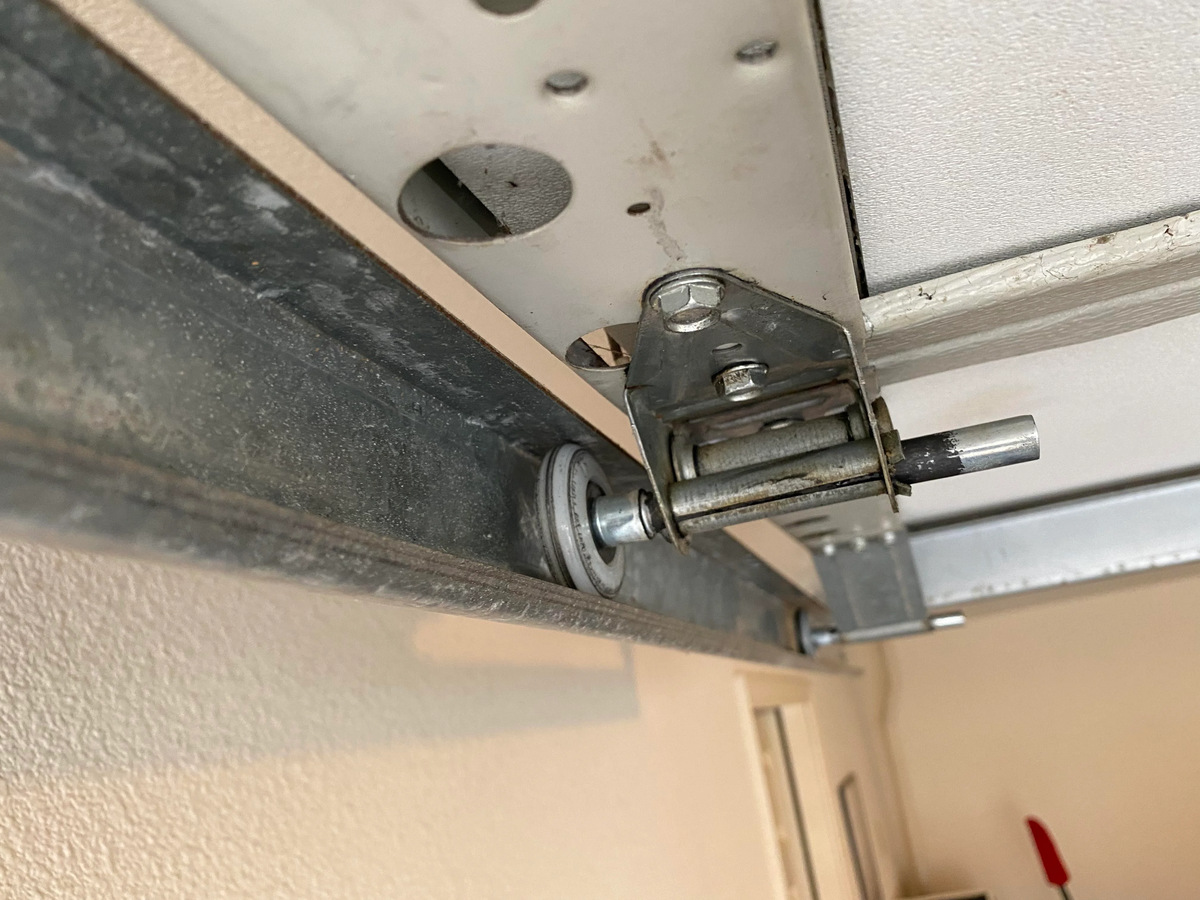

Articles
Garage Door Binding When Closing
Modified: January 19, 2024
Learn how to fix the common issue of garage door binding when closing with our informative articles. Expert tips and solutions to ensure smooth operation.
(Many of the links in this article redirect to a specific reviewed product. Your purchase of these products through affiliate links helps to generate commission for Storables.com, at no extra cost. Learn more)
Introduction
When operating a garage door, it is important to ensure smooth and seamless functionality. However, there may be instances where your garage door encounters issues, such as binding when closing. Binding refers to the door getting stuck or jammed at certain points during the closing process, making it difficult or impossible to fully close.
This can not only be frustrating but also pose a safety risk, as a malfunctioning garage door can potentially cause accidents or damage to your property. It is crucial to address the issue promptly and find the underlying causes to prevent further complications.
In this article, we will explore some common reasons why a garage door may bind when closing and discuss effective solutions to rectify the problem. Whether you are a homeowner or a professional in the field, understanding these causes and knowing how to fix them can help ensure the smooth operation of your garage door.
Key Takeaways:
- Regular maintenance, including realigning tracks, tightening components, clearing obstructions, and lubricating moving parts, is crucial to prevent garage door binding when closing and ensure smooth operation.
- Safety is a priority when addressing tension spring issues, and professional assistance is recommended. Proper lubrication and regular inspections are essential to prevent future binding problems and extend the lifespan of your garage door.
Read more: Garage Door Stops When Closing
Causes of Garage Door Binding When Closing
There are several potential causes for a garage door to bind when closing. Identifying the root cause is essential in order to implement the appropriate solution. Let’s explore the most common reasons behind this issue:
- Misaligned Tracks: One of the main causes of a binding garage door is misaligned tracks. Over time, the horizontal tracks that guide the door may shift or become unbalanced. This misalignment can cause the door to bind or get stuck at certain points during the closing process.
- Loose or Worn-out Components: Another common cause of binding garage doors is loose or worn-out components. Hinges, rollers, cables, and other hardware can loosen or deteriorate over time, affecting the smooth operation of the door. When these components are not in optimal condition, they can cause the door to bind.
- Obstructions in the Door Path: If there are any obstructions in the path of the garage door, it may bind when closing. These obstructions can include debris, objects, or even ice and snow buildup. When the door encounters an obstruction, it can get stuck or struggle to close properly.
- Tension Spring Issues: The tension springs of a garage door play a crucial role in balancing the weight of the door and ensuring smooth operation. If these springs are damaged, worn-out, or improperly adjusted, they can cause the door to bind when closing. It is important to address any issues with the tension springs promptly.
- Inadequate Lubrication: Insufficient lubrication of the moving parts can also cause a garage door to bind. Over time, the hinges, rollers, and tracks can become dry or accumulate dirt, leading to friction and resistance. Regular lubrication is necessary to maintain smooth movement and prevent binding.
Understanding these potential causes can help you pinpoint the issue with your garage door and take the necessary steps to fix it. In the next section, we will discuss effective solutions to address garage door binding when closing.
Misaligned Tracks
Misaligned tracks are a common cause of garage door binding when closing. Over time, the horizontal tracks that guide the door may shift or become unbalanced, resulting in the door getting stuck or jammed during the closing process.
There are a few signs that can indicate misaligned tracks. You may notice that the door is not closing evenly or that it is hanging at an angle. You may also hear grinding or scraping noises when operating the door. These are indications that the tracks may need realignment.
To address misaligned tracks, follow these steps:
- Begin by inspecting the tracks for any obstructions or debris. Clear away any dirt or objects that may be causing the misalignment.
- Next, check the alignment of the tracks. Use a level to ensure that the tracks are plumb, both vertically and horizontally. If you notice any deviations, proceed to the next step.
- To realign the tracks, loosen the screws or bolts that hold the track in place. Gently tap the track with a rubber mallet to nudge it back into the correct position. Use the level again to confirm proper alignment.
- Once the tracks are aligned, securely tighten the screws or bolts to hold them in place.
- Finally, open and close the garage door to test its operation. It should now move smoothly without any binding issues.
Regular maintenance is essential to prevent misalignment of the tracks. Inspect the tracks periodically and ensure they are clean, free from obstructions, and properly aligned. Addressing misaligned tracks early on can help prevent further damage to the door and ensure the smooth operation of your garage door.
Loose or Worn-out Components
Another common cause of garage door binding when closing is loose or worn-out components. Hinges, rollers, cables, and other hardware can loosen or deteriorate over time, affecting the smooth operation of the door.
Here’s what you can do to address loose or worn-out components:
- Start by examining the hinges and rollers. Look for any signs of wear, damage, or looseness. Tighten any loose screws or bolts using a wrench or screwdriver.
- If the hinges or rollers are worn-out or damaged, they may need to be replaced. Consult the manufacturer’s instructions or seek professional assistance to ensure the proper replacement of these components.
- In addition to the hinges and rollers, inspect the cables and springs. Look for any signs of fraying, stretching, or damage. If you notice any issues, it is important to call a professional garage door technician to replace these components. Working with springs and cables can be dangerous and requires specialized knowledge and tools.
- During the inspection, also check the brackets that hold the tracks in place. Make sure they are securely fastened and tightened. If there are any loose or damaged brackets, replace them according to the manufacturer’s instructions.
- Once you have tightened or replaced any loose or worn-out components, test the garage door to ensure smooth operation. Open and close the door several times to verify that it no longer binds when closing.
Regular maintenance and inspections are vital to identify and address loose or worn-out components before they cause further issues with your garage door. By properly maintaining the hardware, you can extend the lifespan of your garage door and reduce the likelihood of binding when closing.
Obstructions in the Door Path
Obstructions in the door path can cause a garage door to bind when closing. These obstructions can include debris, objects, or even ice and snow buildup. When the door encounters an obstruction, it can get stuck or struggle to close properly.
Here are the steps to clear obstructions and prevent garage door binding:
- Inspect the area around the garage door and remove any debris, such as leaves, dirt, or branches. Be thorough in your examination to ensure that there are no small objects that could obstruct the door.
- If you live in an area with cold climates, ice and snow buildup can also cause the door to bind. To prevent this, regularly clear any ice or snow from the bottom seal or the tracks. Use a shovel or broom to remove any buildup, ensuring a clear path for the door to close.
- Check the safety sensors, if applicable. These sensors are usually located near the bottom of the tracks and help detect any obstructions. Ensure that the sensors are clean and properly aligned. If they are misaligned or dirty, adjust them and wipe away any dirt or debris.
- After removing any obstructions, test the garage door to ensure it can close without binding. Open and close the door several times to confirm that it is operating smoothly.
Regular maintenance and keeping the area around the garage door clear of obstructions are essential in preventing binding issues. By maintaining a clean and obstacle-free door path, you can ensure the smooth operation of your garage door.
Read more: How To Manually Close A Garage Door
Tension Spring Issues
The tension springs of a garage door play a crucial role in balancing the weight of the door and ensuring its smooth operation. If these springs are damaged, worn-out, or improperly adjusted, they can cause the door to bind when closing.
Here’s what you can do to address tension spring issues:
- First and foremost, it’s important to note that working with tension springs can be dangerous and requires specialized knowledge and tools. It is highly recommended to seek professional assistance when dealing with tension spring issues.
- If you suspect tension spring problems, such as broken or stretched springs, don’t attempt to fix them yourself. Contact a professional garage door technician who can safely inspect and replace the springs as needed.
- Improperly adjusted tension springs can also cause the door to bind. If you notice that the door isn’t closing smoothly or if you see gaps at the sides, it may be a sign of tension spring imbalance. Again, it is crucial to have a professional technician adjust the springs to ensure proper tension and balance.
- Regular maintenance of the tension springs is crucial in preventing binding issues. Lubricate the springs with a silicone-based lubricant to minimize friction and corrosion. Inspect them for any signs of wear or damage and address any issues promptly.
- Finally, if your garage door has extension springs, ensure that the safety cables are properly installed. These cables are designed to prevent injury in the event of a spring failure. If the cables are loose or damaged, have them replaced by a professional technician.
Remember, working with tension springs requires expertise and specialized tools. It is best to leave spring-related repairs and adjustments to trained professionals to ensure your safety and the proper functioning of your garage door.
Inadequate Lubrication
Inadequate lubrication is another common cause of garage door binding when closing. Over time, the hinges, rollers, and tracks can become dry or accumulate dirt, leading to friction and resistance.
Here’s what you can do to address inadequate lubrication:
- Start by cleaning the tracks, hinges, and rollers using a mild detergent and water. Remove any dirt, grime, or debris that may have accumulated.
- Once the components are clean and dry, apply a silicone-based lubricant to the hinges, rollers, and tracks. This type of lubricant is ideal for garage doors as it provides long-lasting lubrication without attracting dirt or dust.
- Be sure to lubricate all the moving parts of the garage door, including the pivot points, springs, and cables. Apply the lubricant generously but avoid over-saturating the components.
- After lubricating, manually open and close the garage door several times to distribute the lubricant evenly and ensure smooth operation. This will help prevent any binding issues caused by friction.
- Regularly repeat the lubrication process every three to six months or as recommended by the manufacturer. This will help maintain optimal performance and prevent binding due to inadequate lubrication.
Proper lubrication is a simple yet crucial aspect of garage door maintenance. By keeping the moving parts well-lubricated, you can reduce friction, minimize wear and tear, and prevent binding when closing. Regular maintenance and lubrication will prolong the lifespan of your garage door and help it operate smoothly and efficiently.
Check the tracks for any obstructions or debris that may be causing the door to bind. Clean the tracks and lubricate them with a silicone-based lubricant to ensure smooth operation. If the problem persists, consult a professional for further inspection.
How to Fix Garage Door Binding When Closing
If your garage door is binding when closing, it is important to address the issue promptly to ensure its smooth operation and prevent further damage. While the specific solution will depend on the underlying cause, here are some general steps you can take to fix garage door binding:
- Identify the Cause: Begin by identifying the cause of the binding. This could be due to misaligned tracks, loose or worn-out components, obstructions in the door path, tension spring issues, or inadequate lubrication. Thoroughly inspect the door and its components to determine the root cause.
- Follow the Troubleshooting Steps: Depending on the cause, follow the appropriate troubleshooting steps. This may involve realigning tracks, tightening or replacing components, clearing obstructions, adjusting tension springs, or applying lubricant. Refer to the specific sections in this article for detailed instructions on dealing with each cause.
- Consult a Professional: If you are unsure of how to proceed or if the problem persists after attempting DIY fixes, it is recommended to seek professional assistance. Garage door technicians have the expertise and tools to diagnose and address complex issues safely.
- Maintain Regular Maintenance: Preventative maintenance is crucial to keep your garage door in optimal condition. Regularly inspect and lubricate the moving parts, clear debris and obstructions, and address any signs of wear or damage promptly. This will help prevent future binding issues and extend the lifespan of your garage door.
- Consider Professional Maintenance: To ensure the long-term smooth operation of your garage door, consider scheduling regular maintenance with a professional technician. They can perform thorough inspections, make necessary adjustments, and identify and fix potential issues before they escalate.
By following these steps and addressing the underlying cause, you can effectively fix garage door binding when closing. Remember, safety should always be a priority, and if you’re unsure, it is best to consult a professional for help. Taking proactive measures and maintaining your garage door will help ensure its reliable and smooth operation for years to come.
Realignment of Tracks
If your garage door is binding when closing, one of the potential causes could be misaligned tracks. Over time, the horizontal tracks that guide the door may shift or become unbalanced, resulting in the door getting stuck or jammed during the closing process.
Here is a step-by-step guide to realign the tracks and resolve garage door binding:
- Inspect the Tracks: Begin by carefully examining the tracks for any obstructions, debris, or damage. Use a flashlight to better see any potential issues. Clear away any dirt, objects, or buildup that could be causing the misalignment.
- Loosen the Mounting Hardware: Next, use a wrench or screwdriver to loosen the screws or bolts that hold the track in place. Do not completely remove them, just loosen them enough to allow for adjustment.
- Realign the Tracks: Gently tap the misaligned track with a rubber mallet to nudge it back into the correct position. Use a level to ensure that the tracks are plumb, both vertically and horizontally. Make sure they are parallel to each other and properly aligned along the entire length of the door.
- Tighten the Mounting Hardware: Once the tracks are realigned, securely tighten the screws or bolts to hold them in place. Ensure that the track remains in the correct position and does not shift during the tightening process.
- Test the Garage Door: Finally, test the garage door to check if the binding issue has been resolved. Open and close the door several times to ensure smooth operation without any binding or sticking.
It is important to note that if you encounter any difficulties or if the problem persists, it is best to consult a professional garage door technician. They have the experience and expertise to properly diagnose and address more complex issues with the tracks or other components of the garage door.
Regular maintenance is key to prevent track misalignment. Inspect the tracks periodically and ensure they are clean, properly aligned, and free from any obstructions. By addressing misaligned tracks early on, you can prevent further damage and ensure the smooth operation of your garage door.
Read more: When To Close Glass Doors On Fireplace
Tightening or Replacing Components
If your garage door is binding when closing, the issue may be caused by loose or worn-out components. Hinges, rollers, cables, and other hardware can loosen or deteriorate over time, affecting the smooth operation of the door.
Here is a step-by-step guide to tightening or replacing components to fix garage door binding:
- Inspect the Components: Begin by carefully inspecting the hinges, rollers, cables, and other hardware for any signs of wear, damage, or looseness. Look for loose screws, bolts, or brackets that may be contributing to the binding issue.
- Tighten Loose Components: Use a wrench or screwdriver to tighten any loose screws or bolts on the hinges, rollers, and other hardware. Ensure that all components are securely fastened, but be careful not to overtighten, as this may strip the screws or cause further damage.
- Replace Worn-out Components: If you notice that the hinges, rollers, or other components are worn-out or damaged, they may need to be replaced. Consult the manufacturer’s instructions or seek professional assistance to ensure the proper replacement of these components.
- Inspect and Replace Cables: Examine the cables for any signs of fraying, stretching, or damage. If you notice any issues, it is important to call a professional garage door technician to replace the cables. Working with cables can be dangerous and requires specialized knowledge and tools.
- Test the Garage Door: Once you have tightened or replaced any loose or worn-out components, test the garage door to ensure smooth operation. Open and close the door several times to verify that it no longer binds when closing.
It is important to note that if you are unsure of how to proceed or if the problem persists after tightening or replacing components, it is best to consult a professional garage door technician. They have the expertise to properly diagnose and address complex issues with the door’s hardware.
Regular maintenance is essential to prevent loose or worn-out components. Inspect the hinges, rollers, and other hardware periodically and ensure they are tight and in good condition. Addressing any issues promptly will help maintain the smooth operation of your garage door and prevent future binding problems.
Clearing Obstructions
If your garage door is binding when closing, one of the causes could be obstructions in the door’s path. These obstructions can include debris, objects, or even ice and snow buildup. When the door encounters an obstruction, it can get stuck or struggle to close properly.
Here is a step-by-step guide to clearing obstructions and resolving garage door binding:
- Inspect the Door Path: Start by visually inspecting the area around the garage door and the door’s path. Look for any debris, dirt, or objects that may be obstructing the path of the door. Pay attention to corners, crevices, and the bottom seal.
- Remove Debris and Objects: Carefully remove any debris, such as leaves, dirt, or branches, that may be obstructing the door. Use a broom or dustpan to sweep away loose debris. Be thorough in your examination to ensure that there are no small objects that could hinder the door’s movement.
- Clear Ice and Snow: If you live in an area with cold climates, ice and snow buildup can also cause the door to bind. Use a shovel or broom to remove any ice or snow from the bottom seal or the tracks. Clearing the buildup will ensure a clear path for the door to close without any obstructions.
- Check Safety Sensors: If your garage door is equipped with safety sensors, ensure that they are properly aligned and free from any obstructions. These sensors are usually located near the bottom of the tracks and help detect any obstructions. Make sure they are clean and properly aligned for optimal performance.
- Test the Garage Door: After clearing obstructions, test the garage door to check if the binding issue is resolved. Open and close the door several times to ensure smooth operation without any binding or sticking.
Regular maintenance and keeping the area around the garage door clear of obstructions are essential in preventing binding issues. By maintaining a clean and obstacle-free door path, you can ensure the smooth operation of your garage door.
If the problem persists or if you encounter any difficulties in clearing the obstructions, it may be best to consult a professional garage door technician. They can provide further guidance and assistance in resolving the binding issue.
Adjusting Tension Springs
If your garage door is binding when closing, tension spring issues could be the culprit. The tension springs of a garage door play a crucial role in balancing the weight of the door and ensuring its smooth operation. If these springs are damaged, worn-out, or improperly adjusted, they can cause the door to bind.
Here is a step-by-step guide to adjusting tension springs and resolving garage door binding:
- Important Safety Note: Working with tension springs can be extremely dangerous and should only be done by experienced individuals. It is highly recommended to consult a professional garage door technician for any adjustments or repairs involving tension springs.
- Diagnose the Tension Springs: Inspect the tension springs for any signs of damage, wear, or improper adjustment. Look for gaps between the coils, rust, or any visible issues that may suggest a problem with the springs.
- Consult a Professional Technician: If you suspect tension spring issues, it is best to call a professional garage door technician to assess and address the problem. They have the knowledge, experience, and appropriate tools to safely adjust or replace the tension springs.
- Addressing Tension Spring Issues: A professional technician will determine if the tension springs need adjustment. They will inspect the springs’ tension and make necessary adjustments using specialized tools and techniques. This will help restore the proper balance and tension required for the smooth operation of the garage door.
- Perform Regular Maintenance: Regular maintenance of the tension springs is crucial to prevent binding issues. It is recommended to have a professional technician perform periodic inspections and lubrication of the springs to keep them in optimal condition.
Remember, working with tension springs can be dangerous and requires specialized knowledge and tools. It is best to leave spring-related adjustments and repairs to trained professionals who can ensure your safety and the proper functioning of your garage door.
Regular maintenance and inspections of the tension springs are essential to prevent binding issues. By properly maintaining the springs and addressing any problems promptly, you can ensure the smooth operation and longevity of your garage door.
Proper Lubrication
Inadequate lubrication can often cause a garage door to bind when closing. Without proper lubrication, the hinges, rollers, and tracks can become dry, leading to increased friction and resistance during operation.
Here is a step-by-step guide to ensuring proper lubrication and resolving garage door binding:
- Clean the Components: Start by cleaning the tracks, hinges, rollers, and other moving parts of the garage door. Use a mild detergent and water to remove any dirt, grime, or debris that may have accumulated. Ensure that the components are thoroughly dry before proceeding to the next step.
- Choose the Right Lubricant: Select a high-quality silicone-based lubricant specifically designed for garage doors. This type of lubricant provides long-lasting lubrication without attracting dirt or dust.
- Apply the Lubricant: Apply the lubricant generously to the hinges, rollers, tracks, and other moving parts of the garage door. Be sure to cover all the areas that require lubrication. Avoid applying excessive amounts of lubricant that may lead to buildup or dripping.
- Distribute the Lubricant: After applying the lubricant, manually open and close the garage door several times to distribute the lubricant evenly and ensure proper coverage. This will help reduce friction and ensure smooth operation.
- Maintain Regular Lubrication: Regularly lubricate the moving parts of the garage door every three to six months or as recommended by the manufacturer. This will help prevent binding issues caused by inadequate lubrication. Additionally, inspect the components during lubrication to identify any signs of wear or damage that may require further attention.
Proper lubrication is an important aspect of garage door maintenance. By ensuring that the moving parts are well-lubricated, you can reduce friction, minimize wear and tear, and prevent binding when closing.
If you are unsure about the proper lubrication process or if the binding issue persists after lubrication, it is recommended to consult a professional garage door technician. They can provide expert guidance and help address any underlying issues that may be contributing to the binding problem.
Conclusion
Dealing with a garage door binding when closing can be frustrating and potentially pose safety risks. However, by understanding the common causes and following the appropriate solutions, you can resolve the issue and ensure the smooth operation of your garage door.
We discussed several causes of garage door binding, including misaligned tracks, loose or worn-out components, obstructions in the door path, tension spring issues, and inadequate lubrication. By identifying the specific cause, you can take the necessary steps to fix the problem.
If the garage door binding is caused by misaligned tracks, realigning them using a rubber mallet and ensuring proper alignment can help resolve the issue. For loose or worn-out components, tightening or replacing them can restore the smooth function of the garage door.
Clearing obstructions in the door path, such as debris or ice and snow buildup, is essential to prevent binding. Adjusting tension springs, while dangerous and best left to professionals, can correct any balance or tension issues. Lastly, regular lubrication of the moving parts will minimize friction and prevent binding.
Remember, safety should always be a priority. If you are unsure or encounter difficulties, it is recommended to consult a professional garage door technician for assistance.
In conclusion, by addressing the underlying causes of garage door binding and following the appropriate solutions, you can fix the issue and ensure the reliable and smooth operation of your garage door. Regular maintenance, inspections, and proper lubrication are key to preventing future binding problems and extending the lifespan of your garage door.
Frequently Asked Questions about Garage Door Binding When Closing
Was this page helpful?
At Storables.com, we guarantee accurate and reliable information. Our content, validated by Expert Board Contributors, is crafted following stringent Editorial Policies. We're committed to providing you with well-researched, expert-backed insights for all your informational needs.
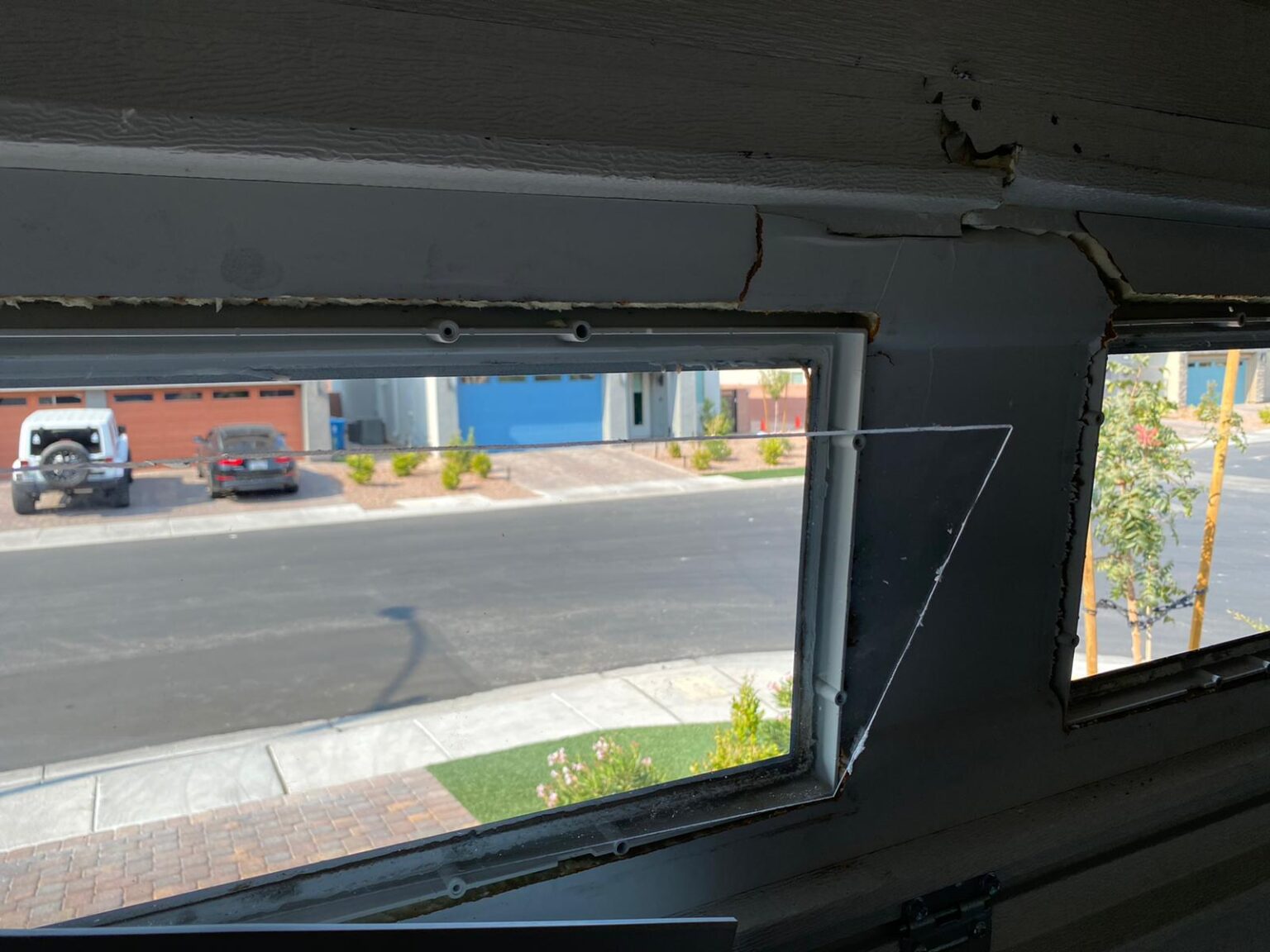
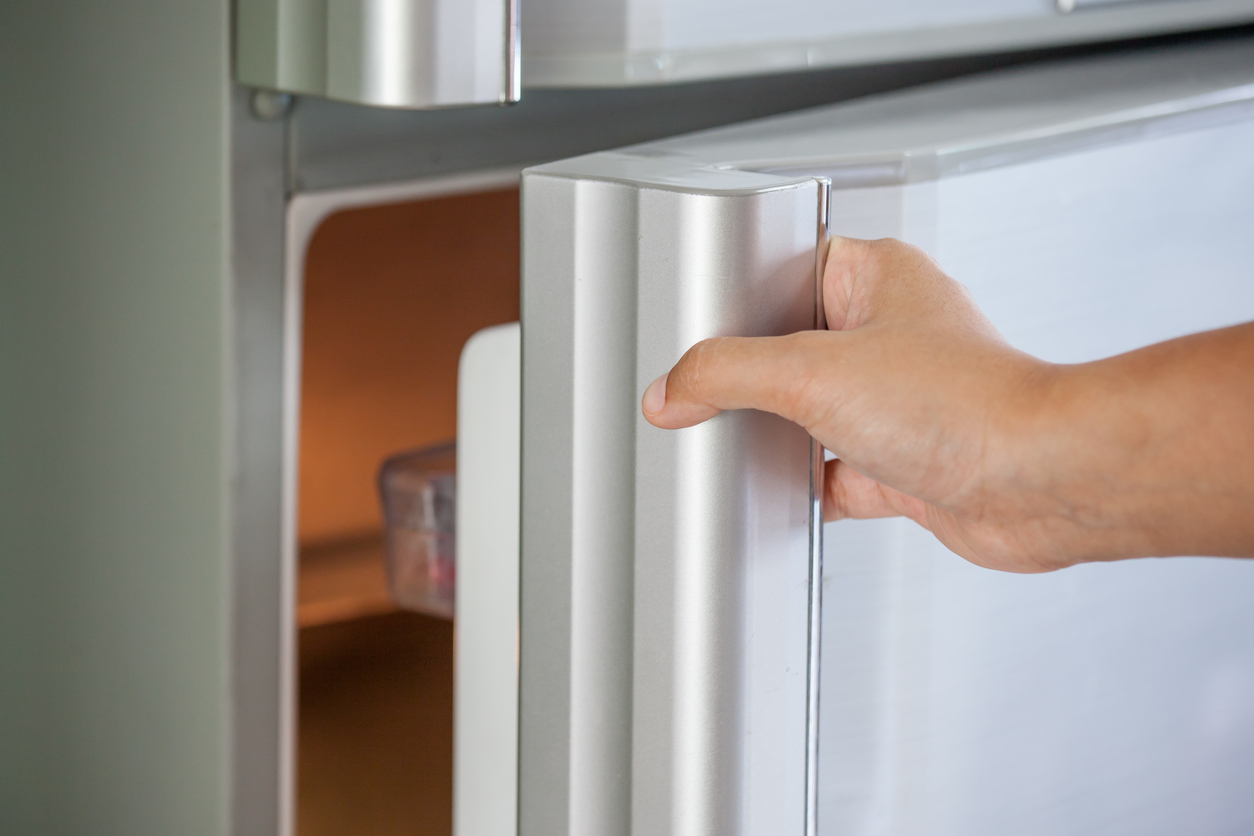
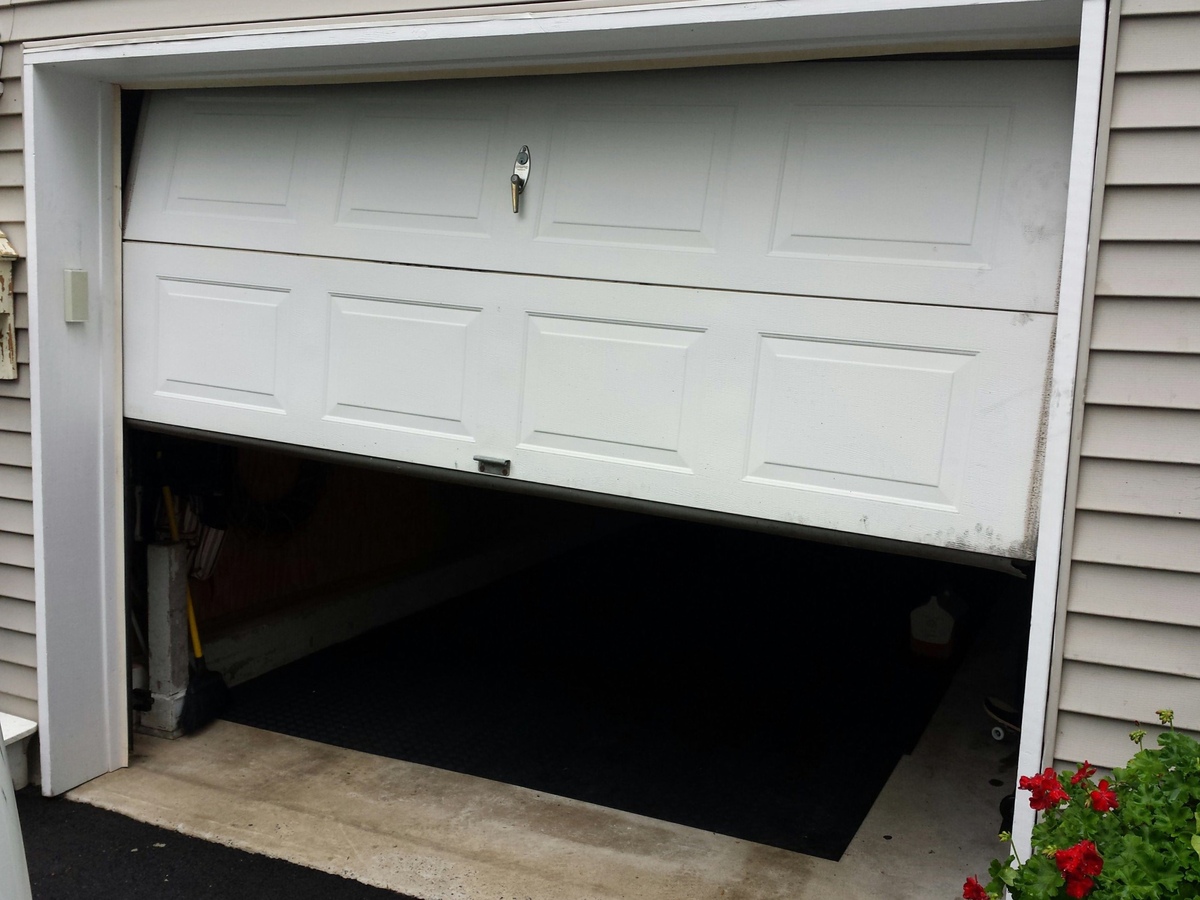
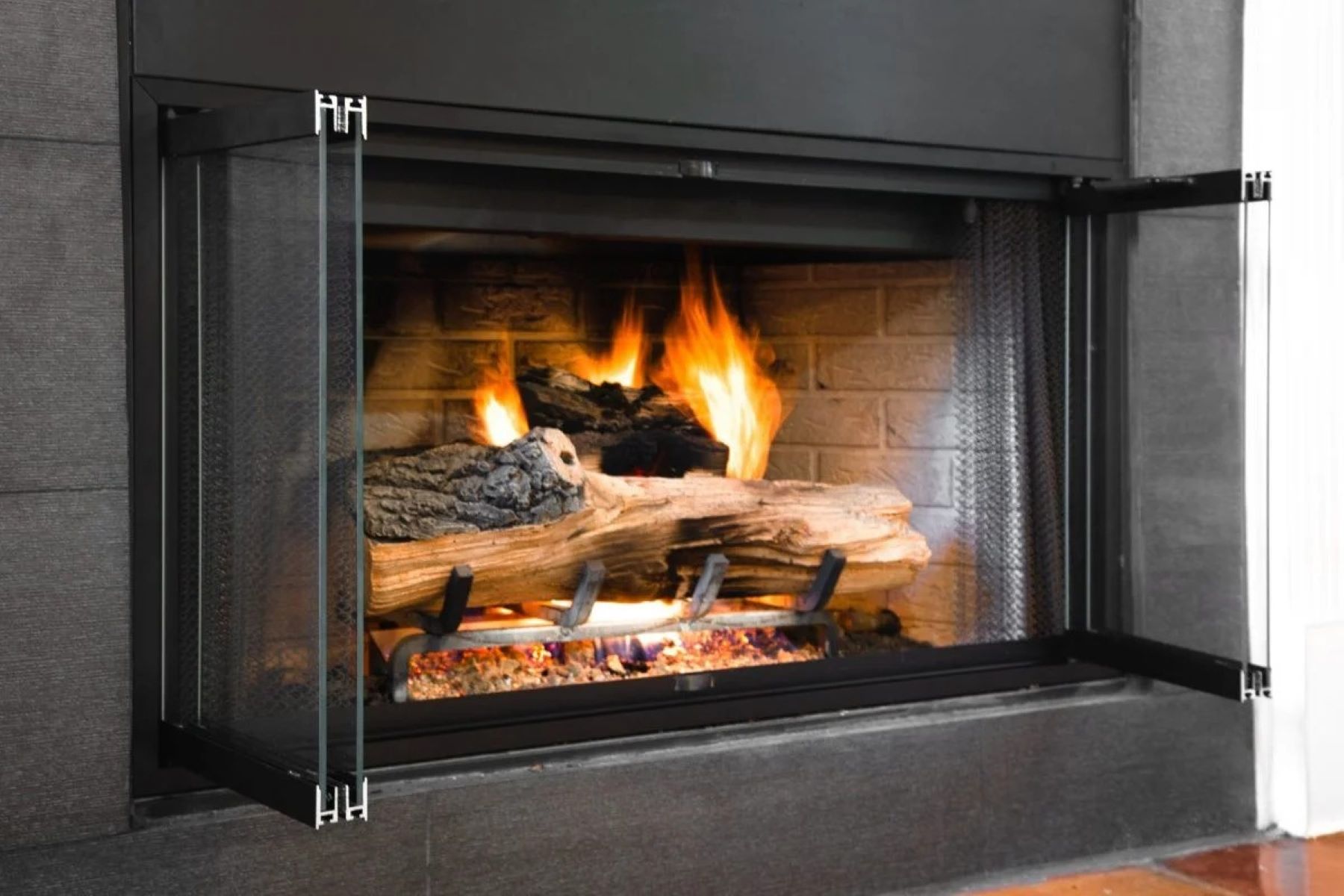
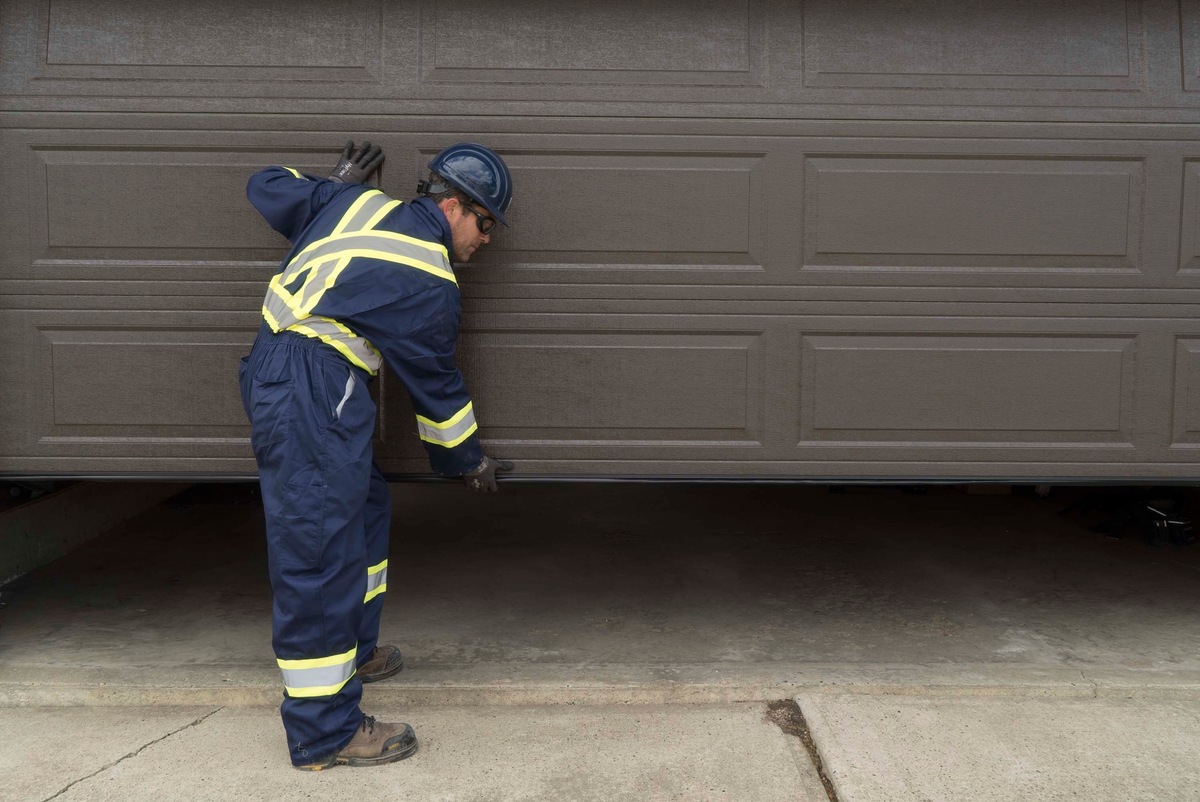
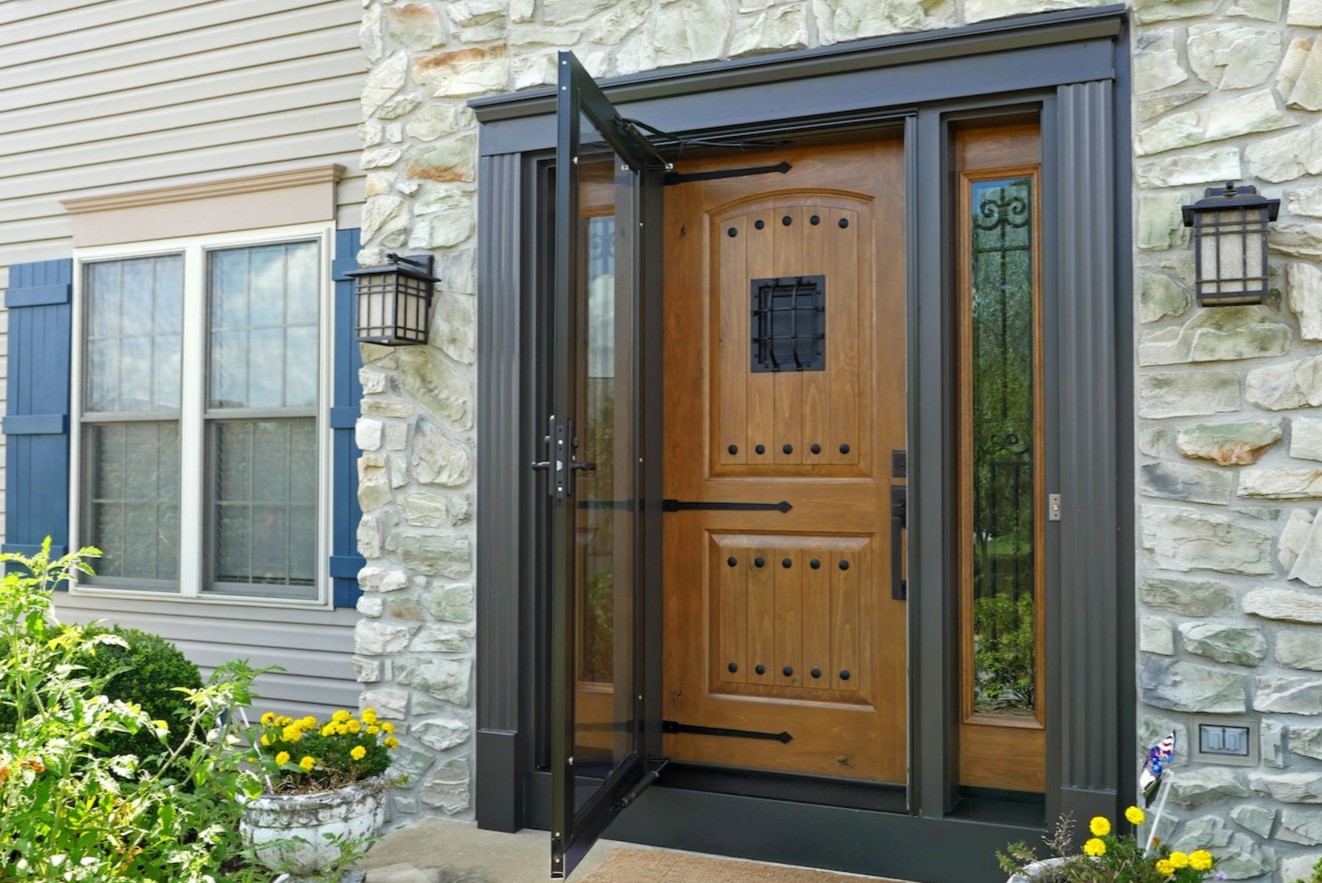
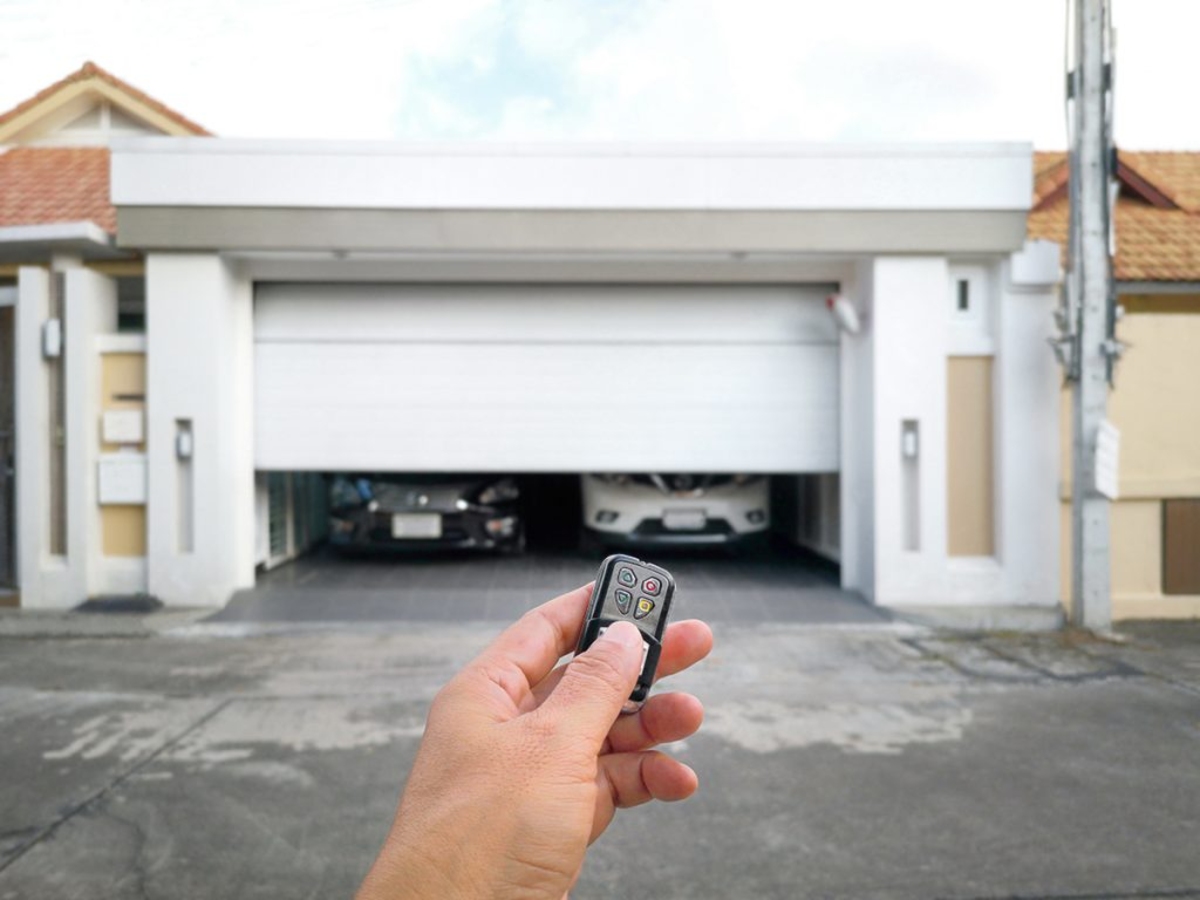
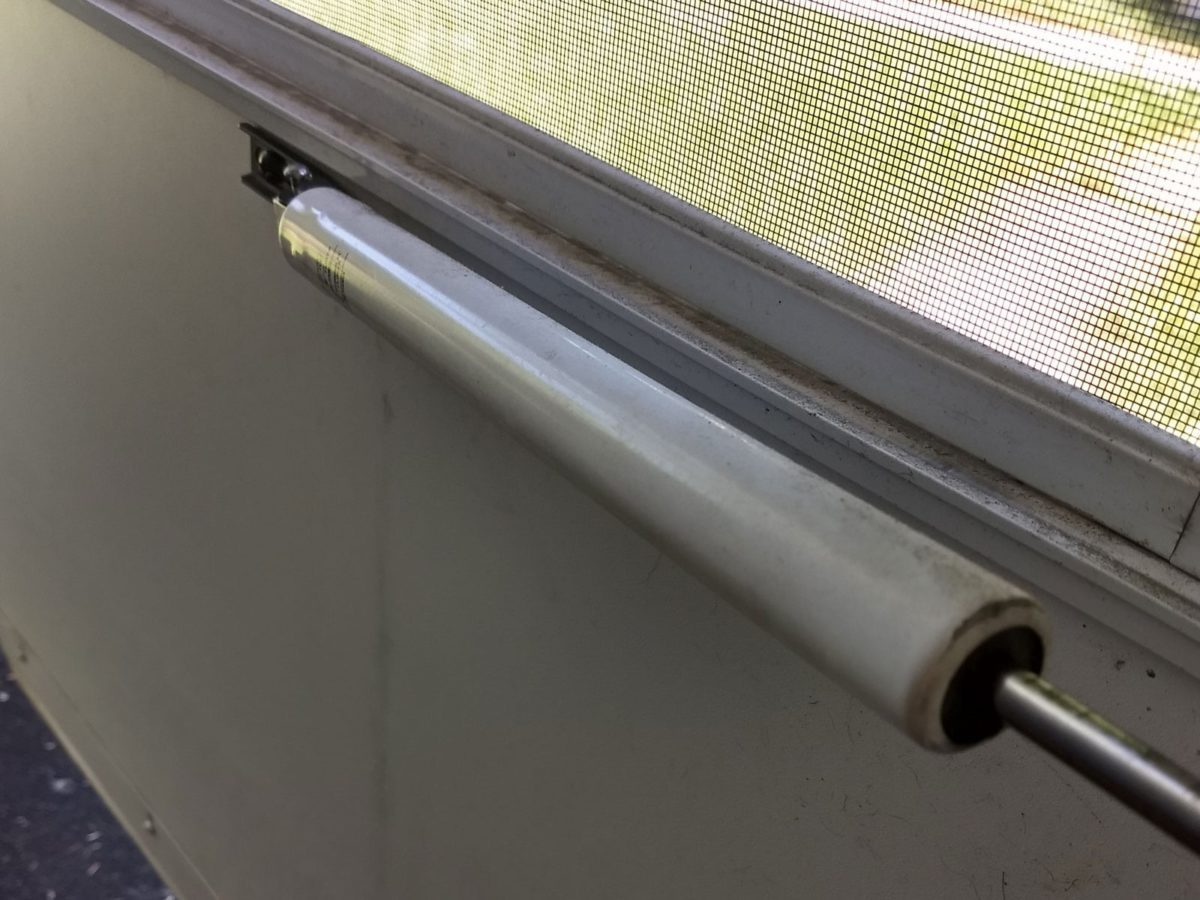
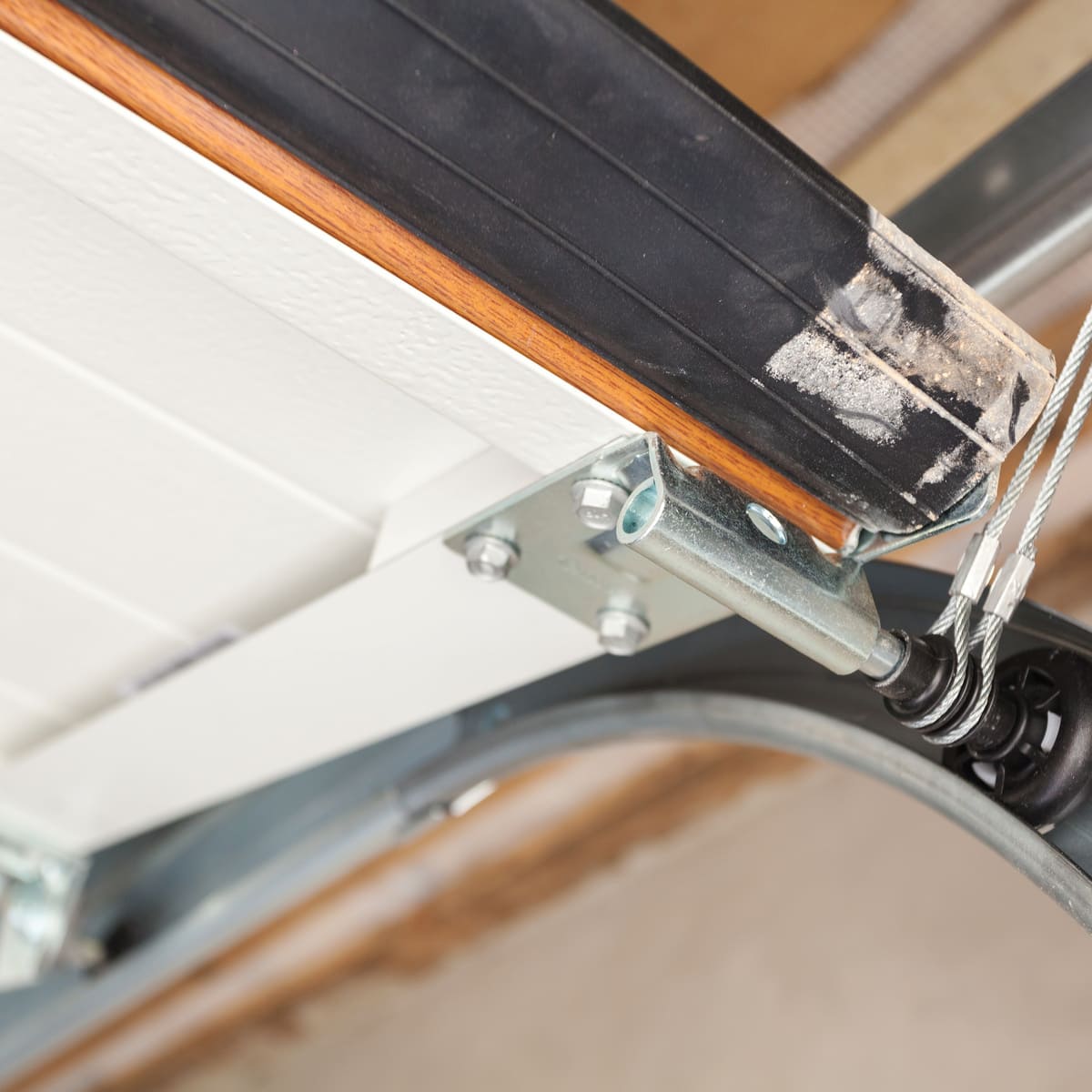
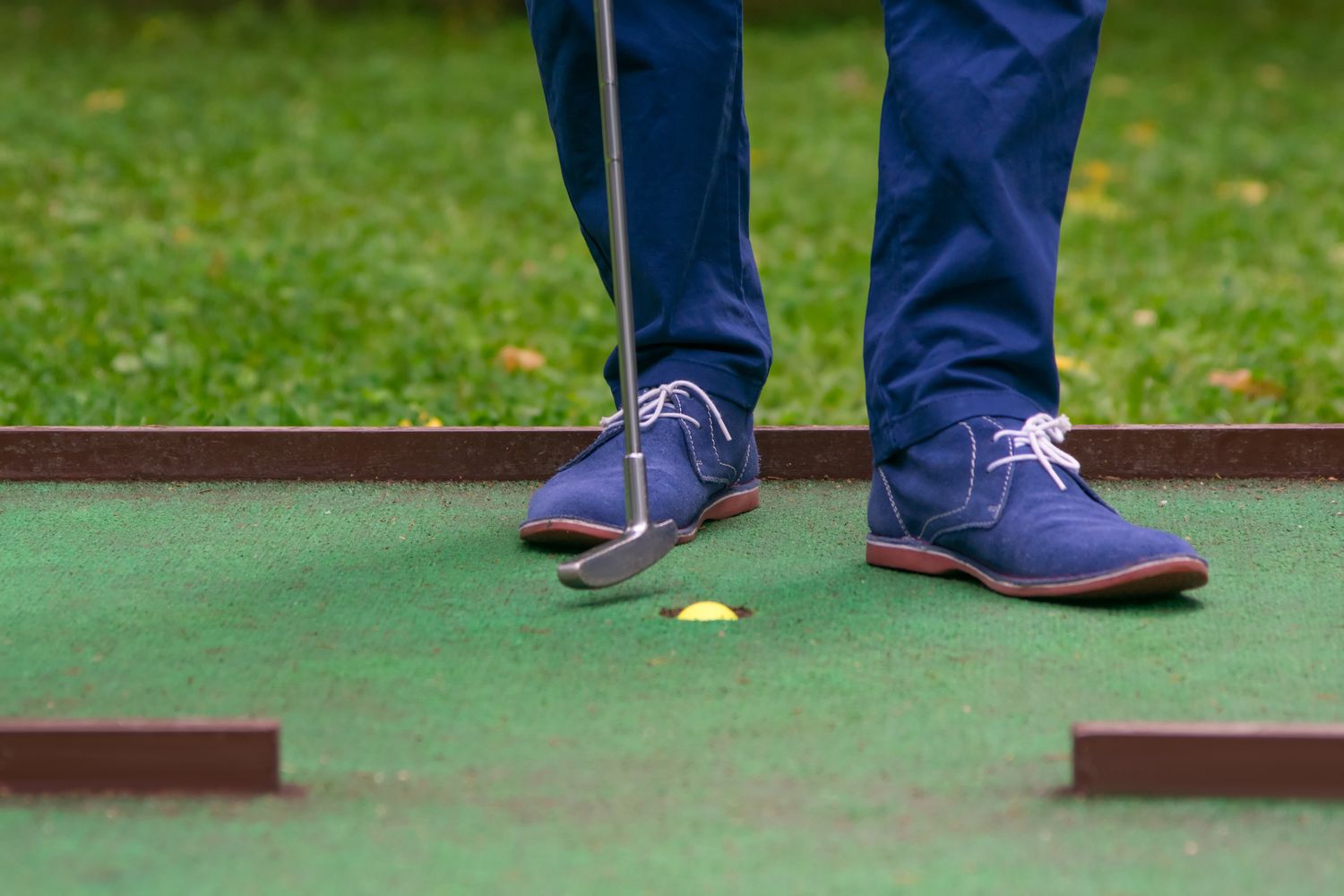

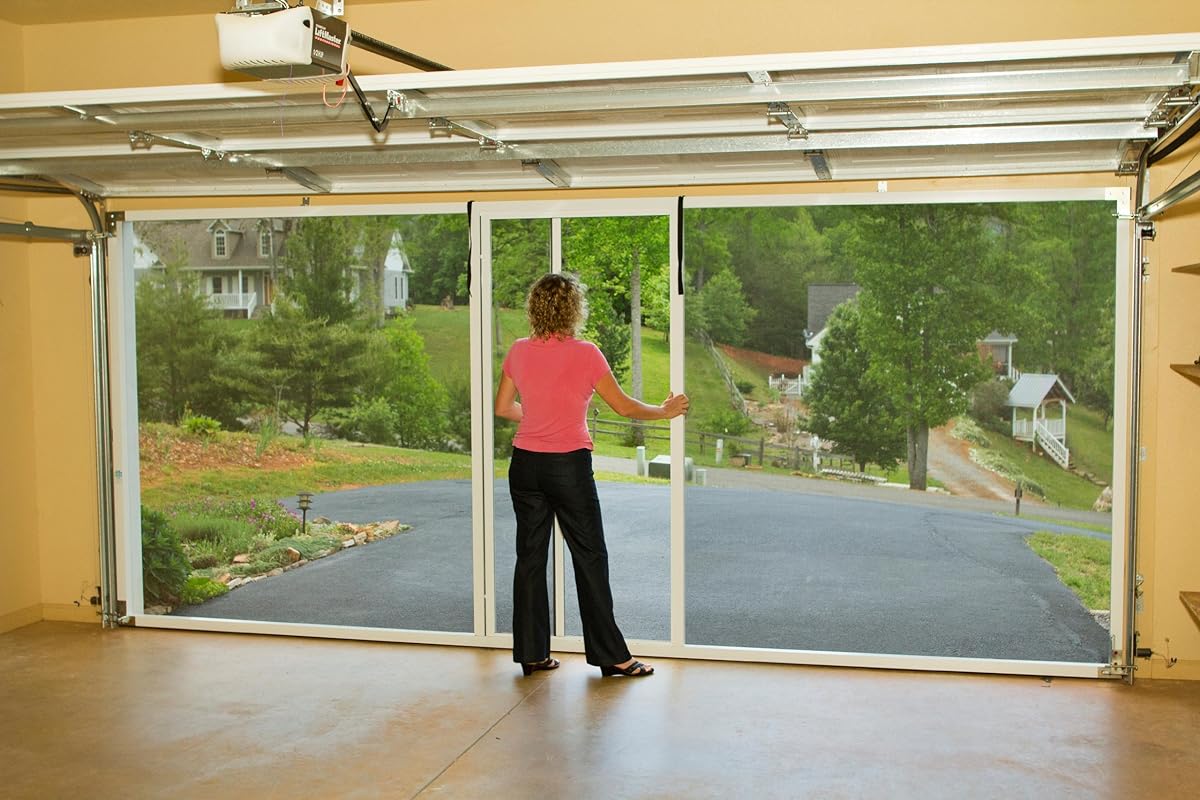

0 thoughts on “Garage Door Binding When Closing”